No products in the cart.

Is NATO’s Eastern Border on the Verge of Conflict?
NATO and Wagner troops have started to flex their muscle on the borders of Poland, the Baltic nations, and Belarus in a strategically important territory.

NATO and Wagner troops have started to flex their muscle on the borders of Poland, the Baltic nations, and Belarus in a strategically important territory.
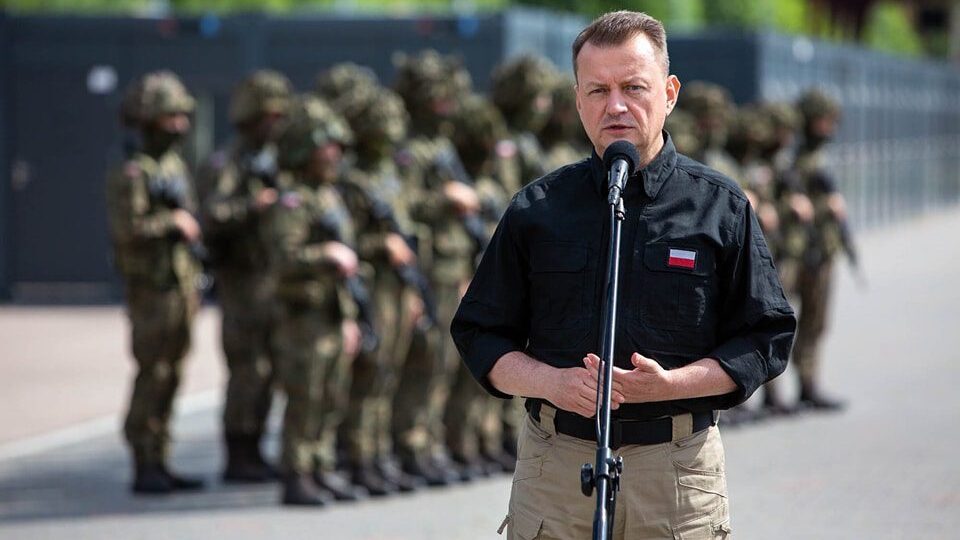
Along with migrant relocations, voters will decide the fate of the border fence as well.
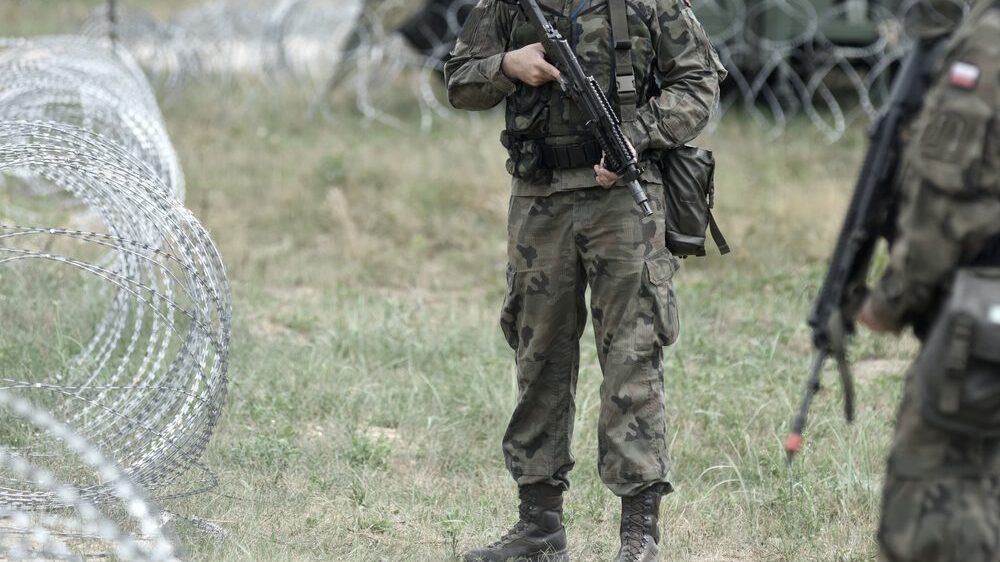
Warsaw accused Minsk and Moscow of trying to destabilise the Eastern flank of the EU and NATO.
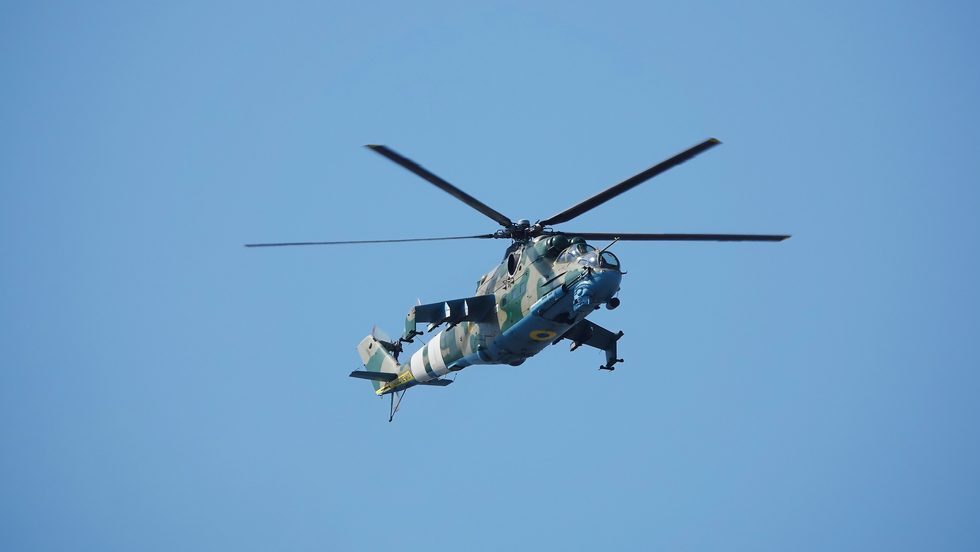
The Polish ministry of defense noted that Belarusian authorities had “previously informed the Polish side” about the training exercise.

This is the first admission from a humanitarian organisation confirming long-standing rumours.
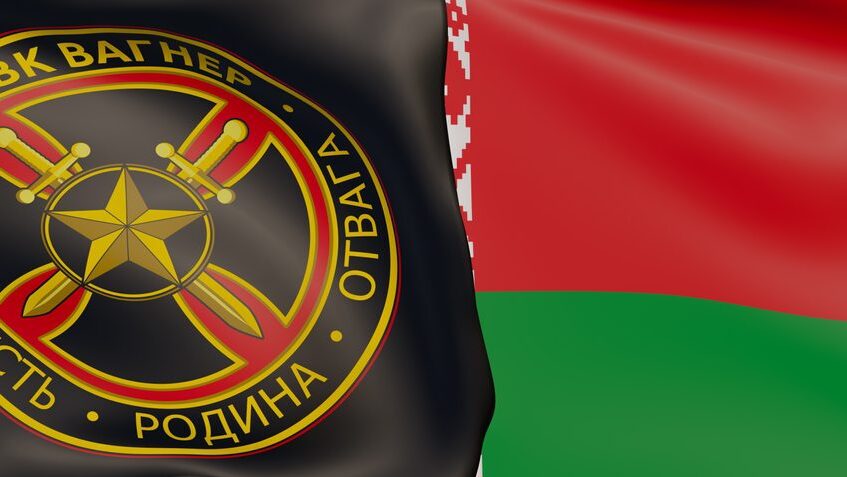
For the first time since Yevgeny Prigozhin’s failed march on Moscow, the Wagner boss reappeared. In a new video, the 62-year-old told the mercenary forces they would no longer fight in Ukraine but would “help train the Belarusian army,” which he was certain they could turn into “the second best army in the world,” after, naturally, Wagner itself.

Following Wagner PMC chief Yevgeny Prigozhin’s aborted uprising, it was incumbent on the Russian leader to project an image of strength in his first appearance on the world stage since the event.
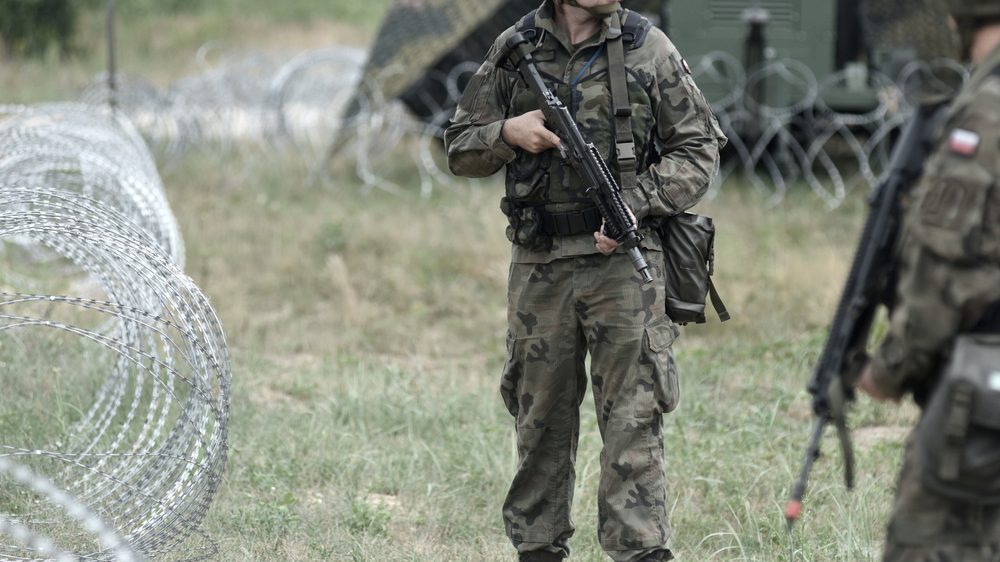
Illegal migrants are getting bolder and more aggressive at the border, but Polish authorities also brace for possible destabilization attempts coming from the 8,000 Wagner fighters relocated in the neighboring Belarus.

“We keep a very wary eye on everything that occurs in Belarus with Prigozhin there and an unknown number of very trained and skilled fighters who presumably will be joining him,” Latvian Prime Minister Arturs Krišjānis Kariņš said.
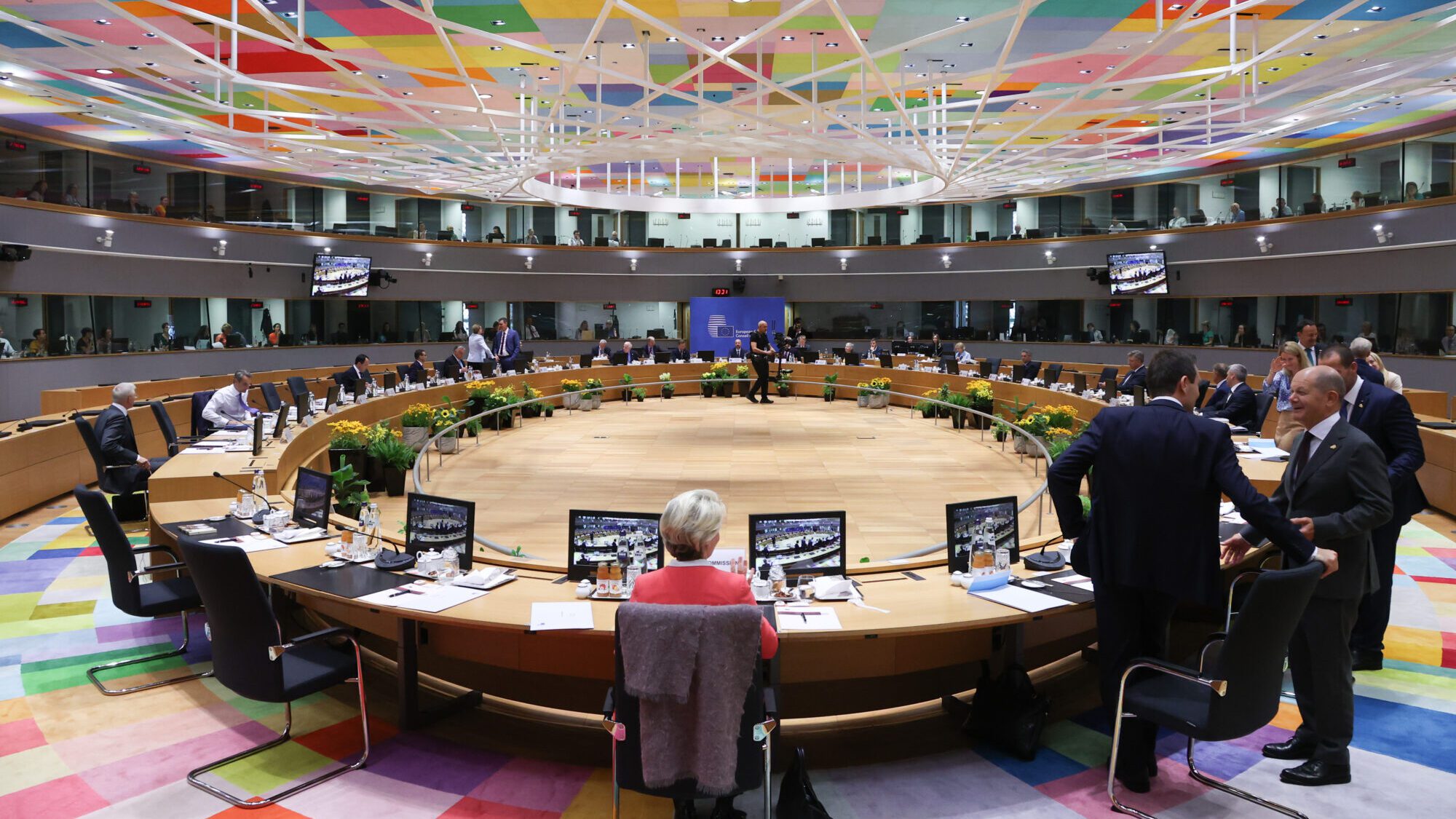
Poland promises to veto the migrant relocations, Hungary questions Brussels’s extra-budgetary requests, and others keep worrying about the possibility of a resurgent Wagner coming out of Belarus. All in one day.